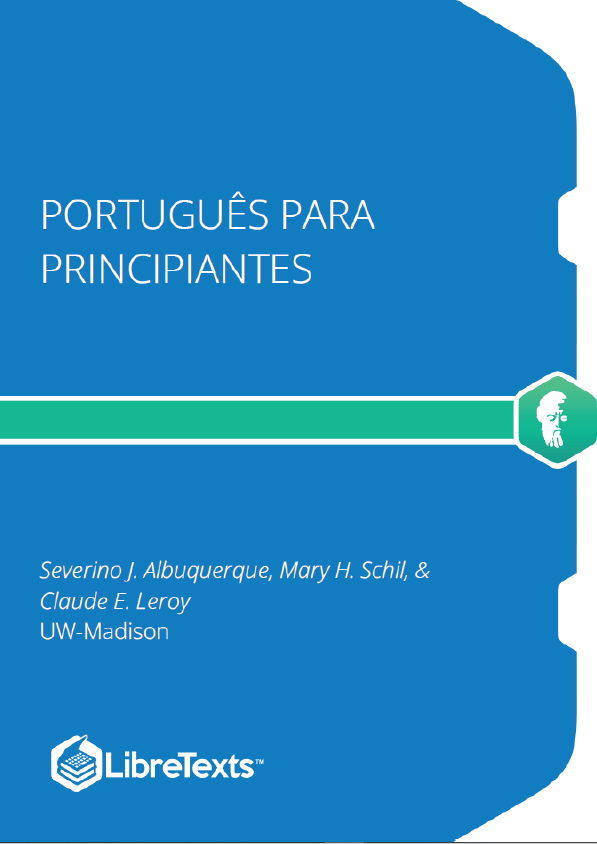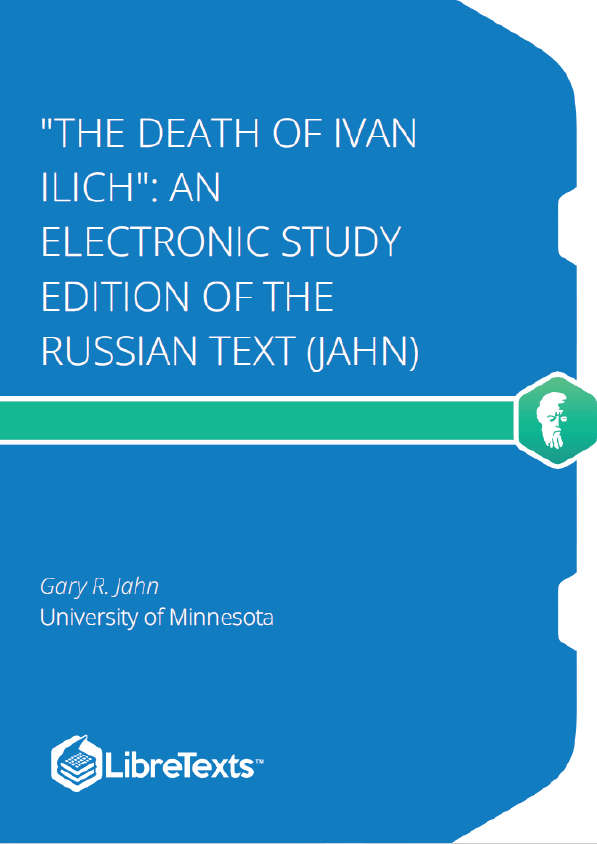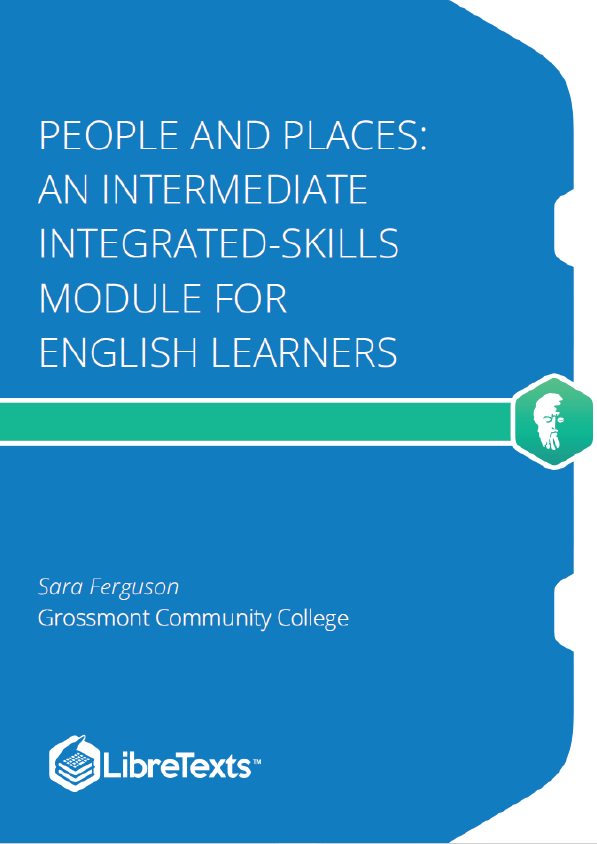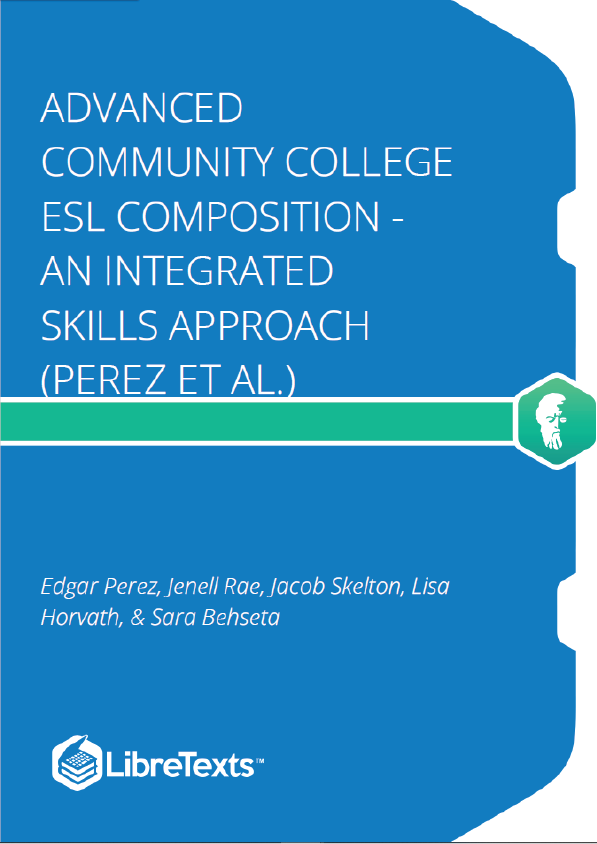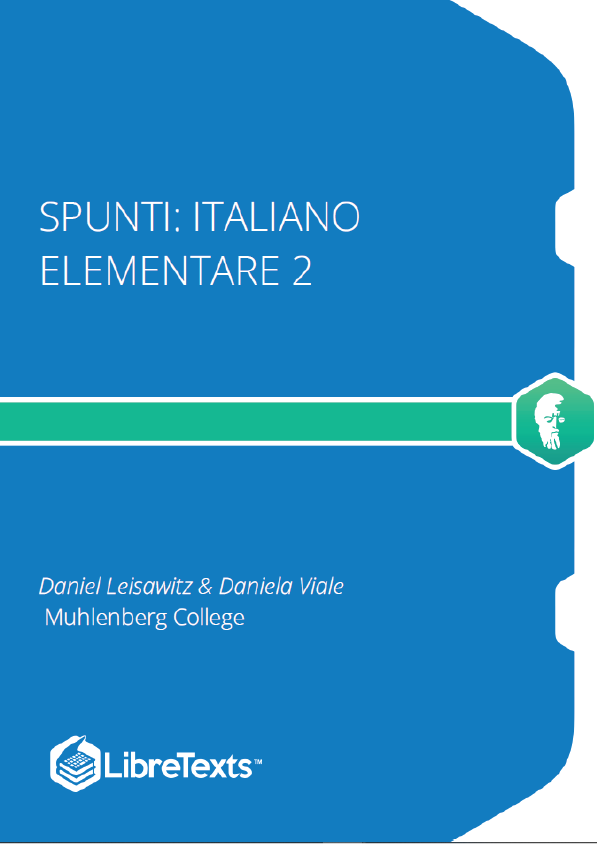Português para principiantes is a time-tested text which can be used in conjunction with a variety of approaches to the teaching of beginning Portuguese. This media-rich text is designed to provide learners with a solid grammatical basis for using Brazilian Portuguese as well as regular opportunities to practice and improve their ability to read, speak, and understand the Portuguese language as it is used in contemporary Brazil.
The present book is the first digital edition Português para principiantes, a time-tested text which can be used in conjunction with a variety of approaches to the teaching of beginning Portuguese. This material provides students with a good foundation in Brazilian Portuguese which can serve personal, academic, or professional goals. This digital edition is a thorough re-working of Severino J. Albuquerque and Mary H. Schil’s 1993 revision of Claude E. Leroy’s textbook, first published as Português Para Principiantes in two volumes by the University of Wisconsin Extension Division in 1964.
Pronunciation of Brazilian Portuguese
- In the following discussion of the sounds of Brazilian Portuguese we will use phonetic symbols for the purpose of orientation and reference. In all other cases, however, your learning will proceed from the usual written form of the word. This makes for certain difficulties in learning Portuguese.
- Ideally, spelling should always follow pronunciation in any language, since, after all, letters are merely a method of making a written record of the spoken word. But many languages fall short of this ideal. Spanish is very good in this respect: you can look at a word and almost without exception you know exactly how it is pronounced. English, on the other hand, is notoriously difficult, since it often spells the same sound in many ways (the vowel in date, freight, bait, say) and spells different sounds in the same way (though, through, cough, hiccough).
- In Portuguese there are some, though not many, of these same difficulties. As you will see in a moment, the traditional orthography does not indicate all the significant sounds with 100 per cent accuracy. You will see statements such as “Portuguese é is like the English e in bet.” This comparison is meant to be only a rough approximation to suggest the general nature of the Portuguese sound in question for your beginning stages. This does not by any means imply that the sound is the same in the two languages.
- Dialectal variation in Brazilian Portuguese allows for varied pronunciations of both vowels and consonants, especially with regard to the sequences di/deti/te and s and z in syllable final position. The pronunciation presented below is a neutral Southeastern one, typical in states such as São Paulo or Minas Gerais.
